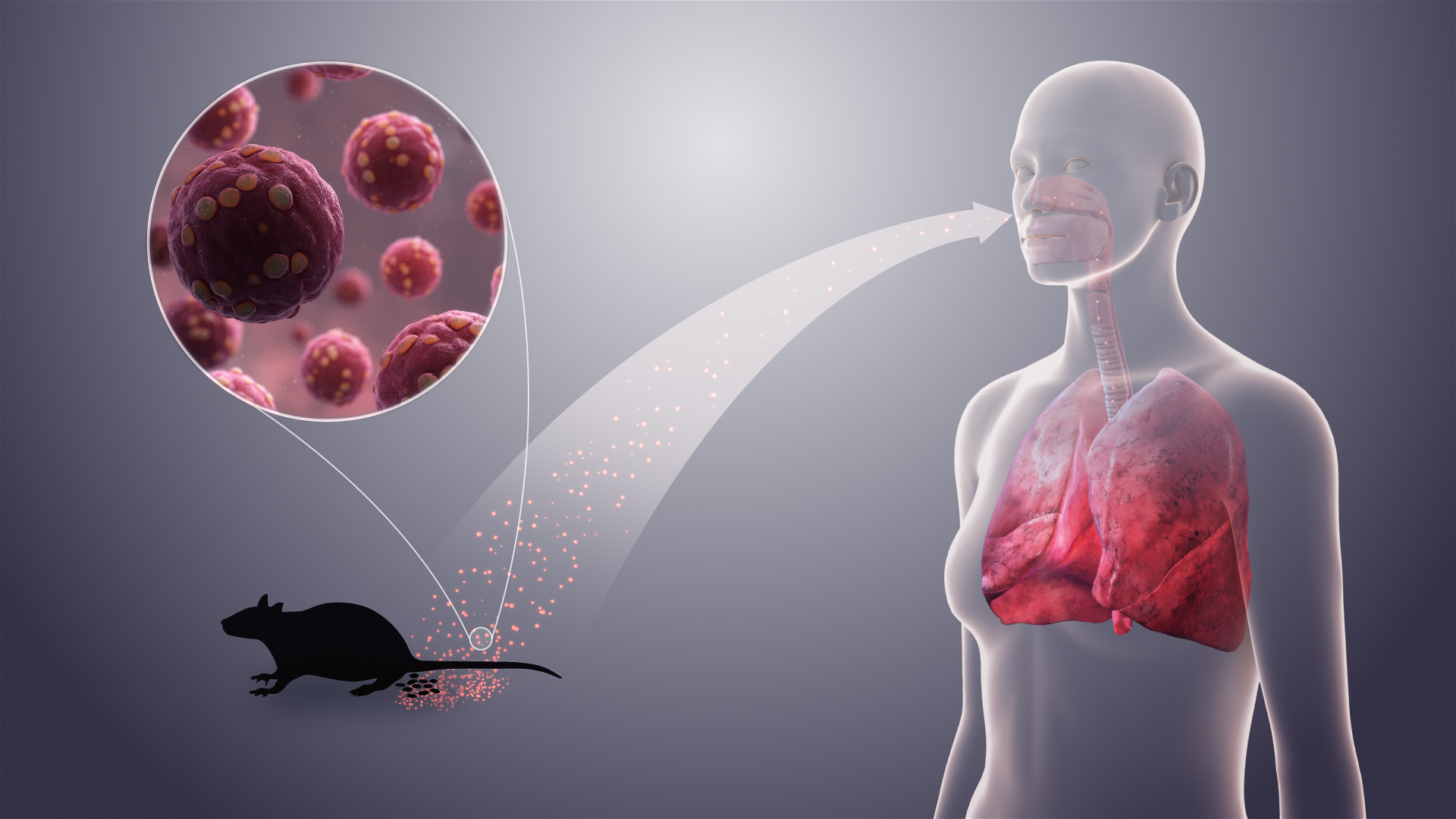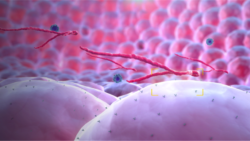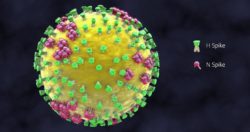Hantavirus Pulmonary Syndrome (HPS) is a severe, sometimes fatal, respiratory disease in humans caused by infection with hantaviruses. These include Black Creek Canal virus (BCCV), New York virus (NYV), Sin Nombre virus (SNV), and certain other members of the Hantavirus genera that are native to the United States and Canada.

Cause and Transmission
Rodent infestations remain the primary risk for hantavirus exposure. Some rodents that are the principal hosts of hantaviruses include the hispid cotton rat and the rice rat which are the principal host of Black Creek Canal virus, the deer mouse in Canada and the Western US is the principal host of Sin Nombre virus. The white-footed mouse in the eastern US is the principal host of New York virus. Person-to-person transmission is extremely rare.
Diagnosis and Treatment
Early symptoms of HPS resemble are flu-like, making early diagnosis of HPS difficult. However, if the individual is experiencing fever and fatigue, accompanied by breathlessness, and has a history of potential rural rodent exposure, it can be suggestive of HPS.
Typical blood test reports for people with HPS are likely to show abnormalities such as enlarged white blood cells, lowered platelet count, and/or elevated white blood cell count. Blood and tissue oxygen levels may be extremely low.
There is no defined cure or vaccine for hantavirus infection. However, early diagnosis is always better to ensure proper medical care. Oxygen therapy is usually given to support breathing and clear the fluid filled in lungs. Severe cases are treated by pumping blood through a machine that adds oxygen and takes out carbon dioxide. The process is called extracorporeal membrane oxygenation.
Conclusion
Hantavirus Pulmonary Syndrome is uncommon, but can be severe, especially because it appears initially like a normal flu, and also, because it occurs to people who live near rodent infestations, and may have reduced access to healthcare.
Disclaimer: The information in no way constitutes, or should be construed as medical advice. Nor is the above article an endorsement of any research findings discussed in the article an endorsement for any of the source publications.

Ebola Virus Disease – MOA Animation
We all hear about Ebola being a deadly disease, and indeed it is. The rather agressive virus has already claimed about 10,000 lives. Read More..

Swine Flu H1N1 Virus- MOA
With Swine Flu cases on a steep rise, lets educate ourselves with this 3D mechanism of action animation of the deadly Swine Flu H1N1 Read More..

Explaining the Science of the Zika Virus in Stunning 3D
We have created a stunning story of the Mechanism of Action of Zika virus in the body. It shows the journey of this virus through the human body, including transmission, invasion of cells, and eventually multiplication – all in vivid 3D Read More..








